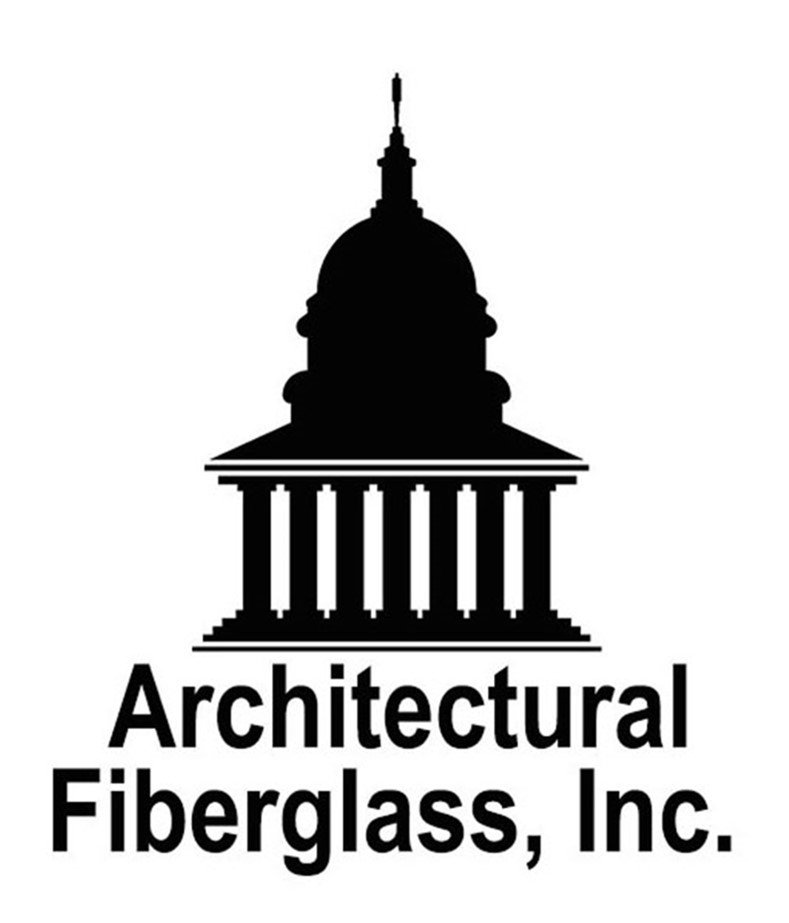Specifications
Architectural Fiberglass (FRP) Cornice Specifications
SECTION 06610
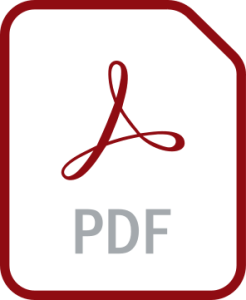
Fiberglass Cornice
(6 MB)

Fiberglass Cornice Details
(323 KB)

Fiberglass Cornice
(2 MB)

Fiberglass Cornice Details
(161 KB)
PART 1 - GENERAL
- RELATED DOCUMENTS
- Drawings, conditions of the contract and Division 1 Specifications sections, apply to work of this section.
- SUMMARY
- Section Includes: Architectural Fiberglass Reinforced Polymer (FRP) Cornice
- RELATED SECTIONS
- Section 05120 — Structural Steel: Support framing for architectural fiberglass cornice.
- Section 06100 — Rough Carpentry: Framing of Opening and Blocking.
- Section 07900 — Joint sealants and field applied sealants.
- DESIGN REQUIREMENTS
- Installed architectural fiberglass (FRP) cornice and fastening systems shall be designed, engineered, fabricated, and installed to conform to the state codes, local codes, and the Architect’s design.
- SUBMITTALS
- Shop Drawings: Include plan views, elevations, sections, profiles, and details of cornice sections. Illustrate dimensions, adjacent construction, methods of support, attachments, and anchorages. Detail all corner sections, unique sections, cornice termination sections, and all joint locations.
- Submit manufacturer’s current valid certification with The Certified Composites Technician (CCT) program created by the American Composites Manufacturers Association (ACMA).
- Submit manufacturer’s internal Quality Control & Assurance Procedures based upon provisions published in the “Guidelines and Recommended Practices for Fiberglass Reinforced Plastic Architectural Products” upon request.
- Product Data: Submit manufacturer’s product data and installation instructions.
- Product Samples: Submit minimum 3 inch x 5-inch samples in specified color, texture and finish when applicable.
- QUALITY ASSURANCE
- Obtain architectural fiberglass (FRP) cornice from a single source manufacturer that has the ability and resources to comply with the requirements and schedule of the project.
- Manufacturer to comply with Quality Control & Assurance Procedures, and fabricate architectural fiberglass cornice based upon provisions published in the “Guidelines and Recommended Practices for Fiberglass Reinforced Plastic Architectural Products”.
- Inspect each molded piece to ensure that it complies with specified requirements, including nominal dimensions.
- MANUFACTURER’S QUALIFICATIONS
- Manufacturer: Provide products manufactured by a firm specializing in the manufacture of fiberglass cornice, in the United States with a minimum of ten (10) years experience.
- Manufacturer shall demonstrate current valid certification and participation in the CCT program and fabricate material based upon provisions published in the “Guidelines and Recommended Practices for Fiberglass Reinforced Plastic Architectural Products”.
- DELIVERY, STORAGE AND HANDLING
- Handle, store and transport architectural fiberglass cornice according to manufacturer’s recommendations and in a manner that prevents damage.
- Protect architectural fiberglass (FRP) cornice from damage by retaining shipping protection in place until installation.
- Damage Responsibility: Except for damage caused by others, the installer is responsible for chipping, cracking, or other damage to fiberglass cornice, after delivery to the jobsite and until installation is completed and inspected and approved by the Architect or owner’s representative.
- WARRANTY
- Warrant architectural fiberglass cornice to be free from defect due to materials and workmanship for one year.
PART 2 - PRODUCTS
- ACCEPTABLE MANUFACTURER
- Architectural Fiberglass, Inc. 8300 Bessemer Ave, Cleveland, Ohio 44127 Toll Free 1-888-483-1775 Phone 216-641-8300 Fax 216-641-8150
- FABRICATION PATTERNS/MOLDS
- Custom Pattern/Mockups: Patterns and mockups shall be hand carved and/or CNC machined by skilled pattern makers with minimum of ten (10) years experience with architectural elements. Patterns & mockups shall be available at manufacturing facility for architect’s inspection and approval before molds are produced.
- Custom Molds: Molds shall be produced with ample layers of tooling resin, tooling gel-coat, glass fibers and/or flexible rubber by skilled mold makers with minimum of ten (10) years experience with architectural elements. Produced molds shall have rigidity and thickness to prevent distortion and deflection of molded architectural fiberglass.
- MATERIALS CHARACTERISTICS
- MOLDED EXTERIOR SURFACE: U-V inhibited, NPG-ISO polyester gel coat, 18 to 22 mils thick. Color to match in texture and finish of sample supplied by Architect.
- BARRIER COAT: Specifically formulated backup polyester surface veil 18-20 mils thick to prevent glass print through and ultimate Class A finish.
- BACK UP LAMINATE:
- Resin: Polyester resin shall be fire retardant, and meet Class 1 flame spread rating of 25 or less and smoke density under 450 without the use of antimony trioxide as characterized by the ASTM E-84 tunnel test at typical 1/8″ glass mat laminate. General Purpose resin will not be permitted.
- Filler: Functional filler to be added to resin matrix to minimize shrinkage, add stiffness, control opacity, add fire retardance, improve surface finish, minimize crazing, and control dimensional stability from weather extremes.
- Fiberglass Reinforcement: Type “E” fiberglass, glass cloth, matt and/or random chopped glass fibers. Glass content approximately 20% to 30%.
- Laminate Thickness: Nominal laminate shall be minimum 3/16″ thickness. Additional core reinforcements and/or sandwich structure added as required for rigidity and structural integrity.
4 AVERAGE MECHANICAL PROPERTIES:
Tensile Strength: 12,000 PSITest method: ASTM D638
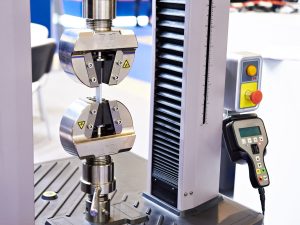
Flexural strength: 20,000 PSITest method: ASTM D790
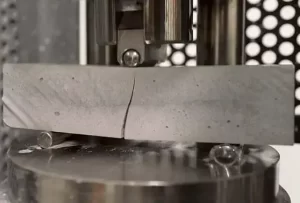
Flexural modulus:0.9x106 PSITest method: ASTM D790
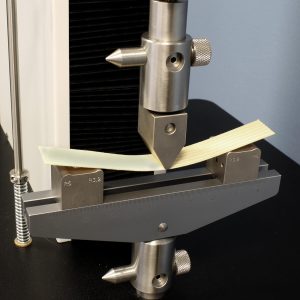
Compressive strength: 17,000 PSITest method: ASTM D695
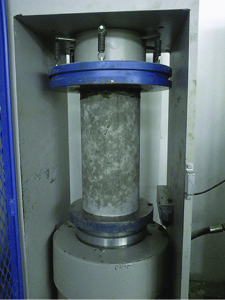
Bearing strength: 9,000 PSITest method: ASTM D638
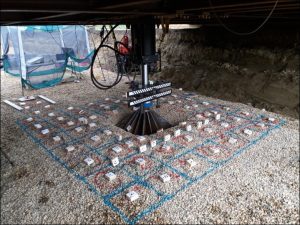
Thermal expansion 10 x 10-6 (° F)
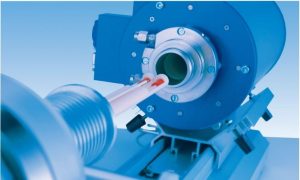
Specific gravity 1.5
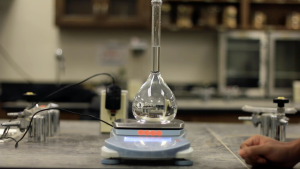
- FINISH
- Color to be integral gelcoat or field painted as required by Architect or Owner’s representative.
- Surface Texture/Exposed side shall be smooth or textured based upon approved sample.
- TOLERANCES
- Part Thickness: + or − 1/8 inch.
- Gel Coat Thickness: + or − 2.5 mils.
- Length: + or − 1/8 inch.
- Variation from Square: 1/8 inch.
- Hardware Location Variation: + or − 1/4 inch.
- IDENTIFICATION
- Identify each architectural fiberglass cornice unit with a designated number.
- Number cornice parts to coordinate with shop drawings.
- CURING AND CLEANING
- Cure and clean components prior to shipment and remove material which may be:
- Toxic to plant or animal life.
- Incompatible with adjacent building material.
- Cure and clean components prior to shipment and remove material which may be:
- ANCHORS AND FASTENERS
- Contractor to provide anchors and fasteners and other accessories for proper installation of architectural fiberglass cornice as recommended and approved by fiberglass fabrication manufacturer.
PART 3 - EXECUTION
- PRE-INSTALLATION EXAMINATION
- Carefully observe and verify field conditions that substrates are ready for installation of architectural fiberglass fabrications. Contractor shall verify on site dimensions with shop drawings and assume full responsibility for fitting the components to the structure.
- Verify that bearing surfaces are true and level.
- Verify that support framing has been constructed to allow accurate placement, alignment and connection of architectural fiberglass fabrications to structure.
- Report discrepancies between design dimensions and field dimensions, which could adversely affect installation, to the Architect and / or Owner’s Representative.
- Do not proceed with installation until discrepancies are corrected, or until installation requirements are modified and approved by the Architect and / or Owner’s Representative.
- Beginning of installation means acceptance of existing conditions and fiberglass materials.
- INSTALLATION
- Install architectural fiberglass fabrications in accordance with manufacturer’s instructions and approved shop drawings
- ALLOWABLE TOLERANCES FOR INSTALLED UNITS
- Maximum offset from True Alignment: 1/4 inch in 20 feet.
- Maximum Variation from True Position: 1/2 inch in 20 feet.
- CLEANING
- Clean installed architectural fiberglass fabrications using cleaning methods and material approved by manufacturer.
- PROTECTION OF INSTALLED FABRICATIONS
- Comply with manufacturer’s recommendations and instructions for protecting installed fabrications during construction activities.
Download Drawings and Specifications

Fiberglass Cornice
(6 MB)

Fiberglass Cornice Details
(323 KB)

Fiberglass Cornice
(2 MB)

Fiberglass Cornice Details
(161 KB)

Fiberglass Cornice
(6 MB)

Fiberglass Cornice Details
(323 KB)

Fiberglass Cornice
(2 MB)

Fiberglass Cornice Details
(161 KB)

